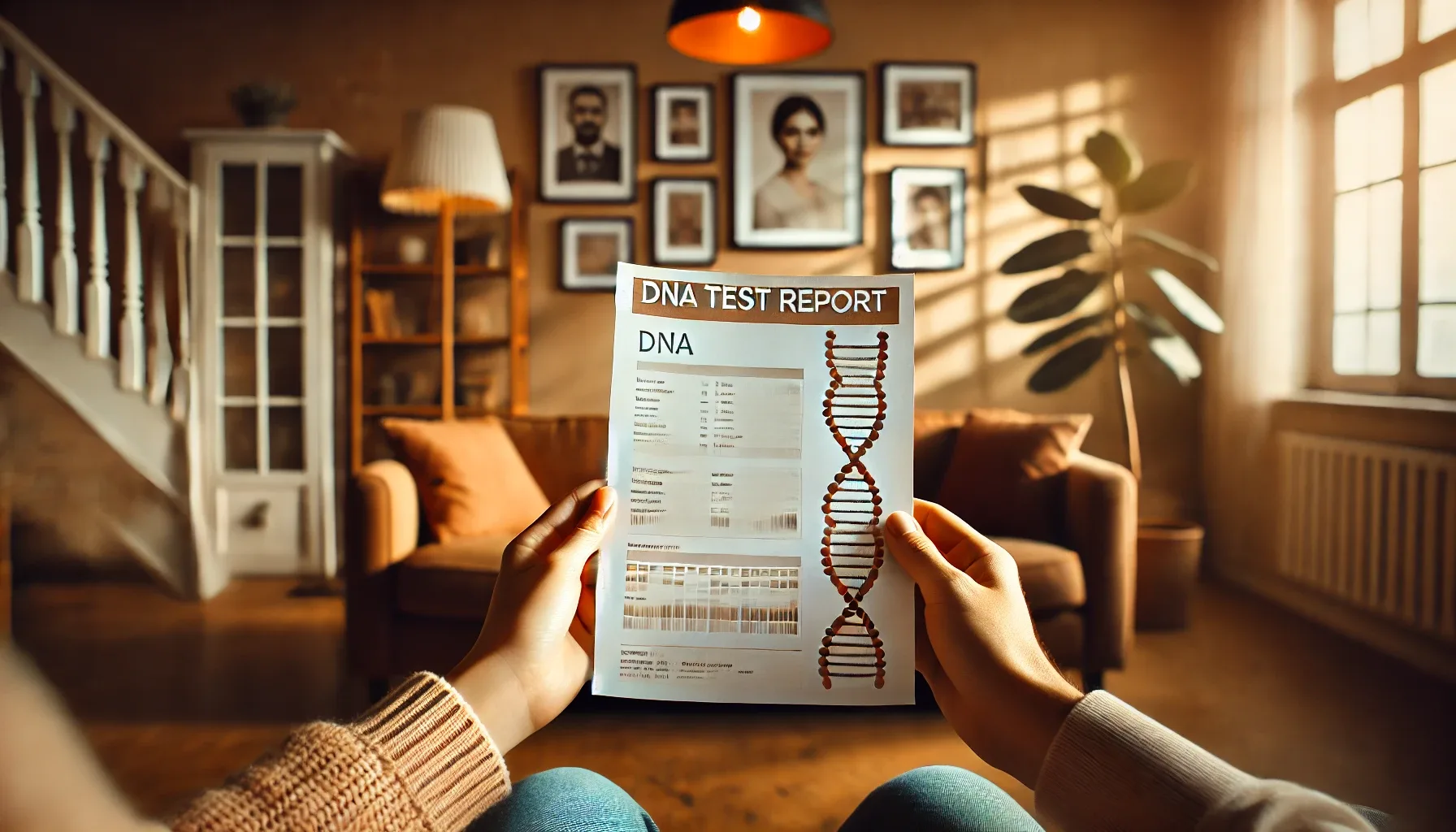
Twin vs. Sibling DNA Tests: What's the Difference?

At Adnà, we understand that navigating the world of DNA testing can be complex, especially when it comes to discerning the nuances between different types of familial relationship tests. Two commonly sought tests are the twin test and the sibling test. While both are designed to explore genetic relationships, they serve distinct purposes and provide different insights.
Twin Test (Zygosity Test)
A twin test, also known as a zygosity test, is specifically designed to determine whether twins are identical (monozygotic) or fraternal (dizygotic). Identical twins originate from a single fertilized egg that splits into two embryos, resulting in nearly identical genetic profiles. In contrast, fraternal twins develop from two separate eggs fertilized by two different sperm cells, making their genetic similarity comparable to that of typical siblings, sharing approximately 50% of their DNA.
Understanding whether twins are identical or fraternal can have significant implications:
- Medical Considerations: Identical twins share the same genetic makeup, which can be crucial information for medical diagnoses and treatments. For instance, if one identical twin is diagnosed with a genetic condition, the other is at a higher risk of having or developing the same condition.
- Personal Identity: Knowing their zygosity can help twins understand their biological relationship, which can be important for personal identity and familial bonding.
The test is straightforward and non-invasive, typically involving a cheek swab from each twin to collect DNA samples. These samples are then analyzed to compare specific genetic markers. If the markers match completely, the twins are identified as identical; if not, they are fraternal.
Sibling Test (Siblingship Test)
A sibling test, or siblingship test, is used to assess the likelihood that two individuals are full siblings, half-siblings, or unrelated. This test is particularly useful in situations where direct parental testing is not possible, and there is a need to establish biological relationships for legal, personal, or medical reasons.
The test analyzes and compares the DNA of the individuals in question to determine their genetic relatedness:
- Full Siblings: Share both biological parents and, on average, 50% of their DNA.
- Half-Siblings: Share one biological parent and approximately 25% of their DNA.
- Unrelated Individuals: Share no significant genetic similarity beyond what is common in the general population.
The results are typically presented as a siblingship index, which indicates the probability of the tested individuals sharing a biological sibling relationship. A higher index suggests a higher likelihood of a sibling relationship, while a lower index indicates a lesser probability.

Key Differences Between Twin and Sibling Tests
While both tests involve DNA analysis to determine biological relationships, their primary distinctions lie in their objectives and the relationships they assess:
- Purpose: A twin test determines whether twins are identical or fraternal, focusing solely on twin pairs. A sibling test evaluates the likelihood of individuals being full siblings, half-siblings, or unrelated, applicable to any set of individuals.
- Genetic Comparison: Twin tests look for identical genetic markers to confirm monozygosity, whereas sibling tests assess the percentage of shared DNA to establish the degree of relatedness.
- Application: Twin tests are specific to twins, providing insights into their zygosity, which can have medical and personal implications. Sibling tests are broader, assisting in cases of adoption, inheritance claims, or situations where parental information is unavailable.
Conclusion
Understanding the distinction between twin and sibling tests is essential for selecting the appropriate DNA test based on your specific needs. At Adnà, we offer both types of tests, ensuring accurate and confidential results to help you uncover the genetic relationships that matter to you. Whether you're seeking to understand the nature of a twin relationship or to establish sibling connections, our team is here to guide you through the process with professionalism and care.
Other Journal: News
VIEW MORE



